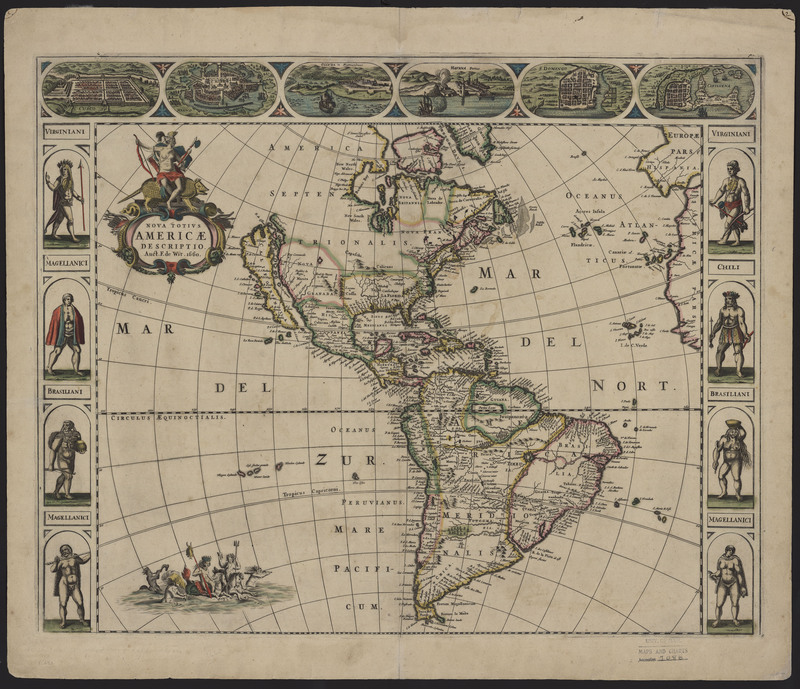The Future of Colorants
“Concentration on renewable resources, sustainability and replacement of oil-based products are driving forces to reassess the potential of natural resources including natural colorants, at least for application in very specific fields. Growing consumer interest in purchasing ‘green’ products, which exhibit an improved environmental profile, can be seen as the breakthrough force for reintroducing natural colorants into the modern markets.” –Handbook of Natural Colorants, T. Bechtold and R. Mussak (eds.), Wiley: United Kingdom, 2009.
In the world we live in, color is everywhere. Clothing comes in all imaginable hues, vibrant paints and inks are readily available and our books, maps, walls, and even food are brilliantly tinted. This availability of color is the product of the invention of synthetically derived colorants. "Throughout history, as more and more colorants have become synthetically derived by chemists, most people may have started to believe, perhaps with great relief, that access to coloras had become secure, reliable, and forever. The security, reliability, and permanence of color are an illusion. Even synthetic colorants have starting reagents that come from some type of animal, mineral, or plant originating from some distinct geographic location. Without these animal, mineral, and plant starting reagents, there would be no color for us to express." Melissa Zagorski, The Geography of Significant Colorants: Antiquity to the Twentieth Century, 2007.
All colorants, natural and synthetic, depend on some type of plant, animal, mineral. These plants, animals and minerals exist in specific ecosystems and they are affected by the chemistry of their surroundings. Pollution and exploitation of natural resources and their surroundings can result in adverse changes to the composition of color as we know it today. Without these animals, minerals, and plants, there would be no colorants with which to express color.
As synthetic colorants have skyrocketed in popularity, the old ways of extracting color have fallen by the wayside. There are very few people who know the art of producing colorants from our natural surroundings. In a world dependent purely on natural colorants, availability is limited by location, season, and the quantity and quality of the natural elements being harvested. If we suddenly depended on natural indigo alone as our blue colorant source, the world’s indigo crop would be quickly depleted.
These speculations may sound extreme, but the synthetic colorant industry depends heavily on oil to survive. The first synthetic aniline dye was invented by accident in 1856 by the chemist William Perkin. It was derived from coal tar and produced a deep purple color; mauve. Many other synthetic dyes followed and most are derived from petroleum. As fossil fuel resources are depleted, the synthetic colorant industry will become unstable and possibly decline. Between the extinction of natural colorant knowledge, and the instability of the fossil fuel industry, the future of color as we know it is uncertain. Color, like any natural resource, has its limitations and the future of color depends upon the sustainability of our natural resources from which our colorants originate. Can you imagine a world without your favorite color?

Maps As Art

